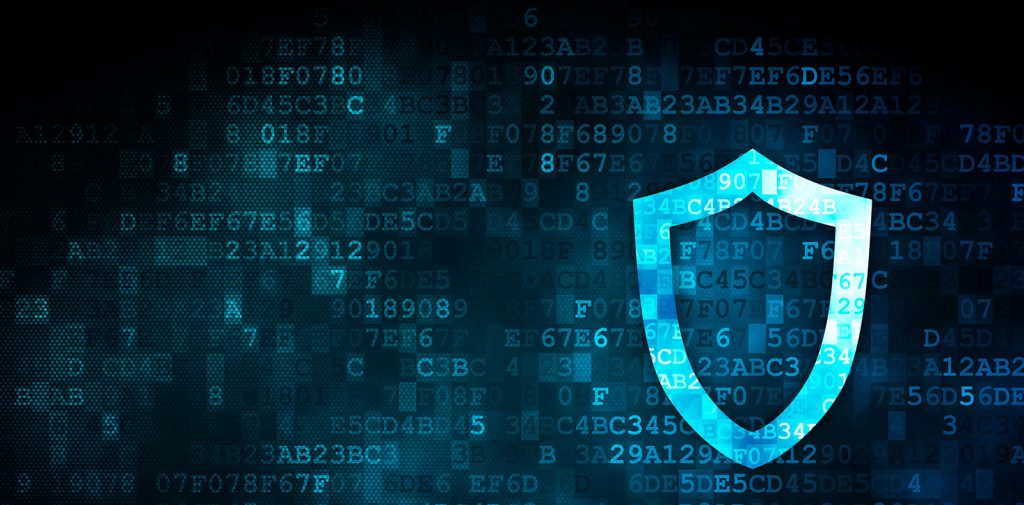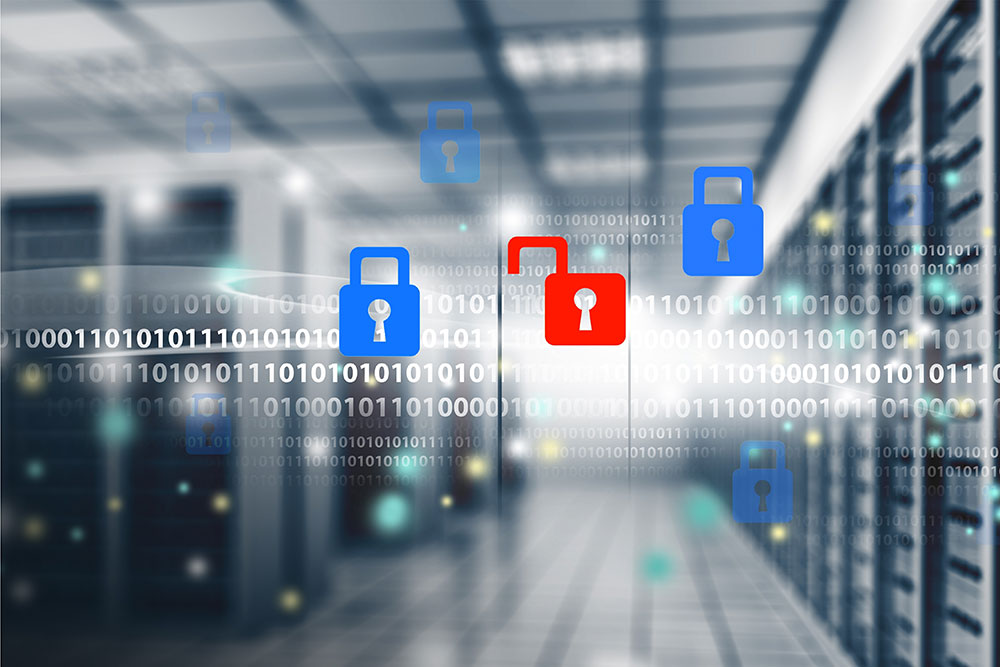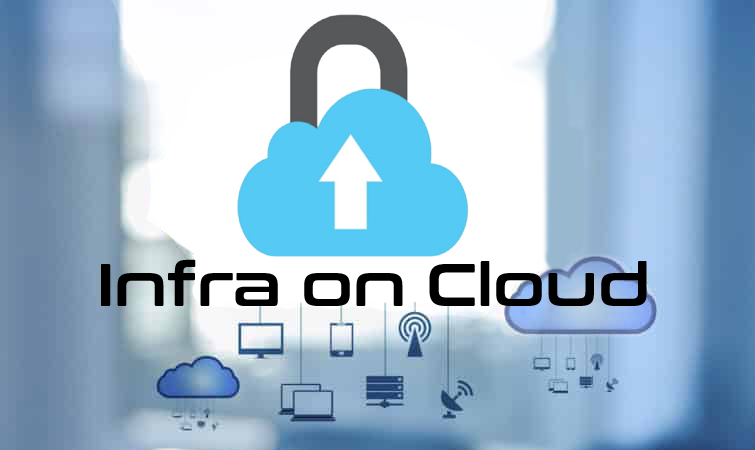
Data Center Security encompasses the practices and preparation that keep a data center secure from threats, attacks, and unauthorized access. Aspects of data center security include physical security, requiring site planning to limit physical break-ins, and network security, where security engineers install firewalls and anti-malware programs to prevent breaches.
Why data center security?
Because a data center hosts information, applications and services that businesses use every day, organizations must ensure they are using appropriate security measures to protect the data center which can result in a data breach where sensitive company information or worse customer information is exposed, or stolen. This type of data breach can be very costly, both financially and for the company’s reputation.
Here’s a look into the two different types of data center security that is required
Physical Security
A physical attack on a data center could lead to a server or data rack being stolen, damaged or incapacitated for a period of time, which could mean that the stored data might be lost or unavailable as well. You can tackle the issue of physical security quite effectively by planning and putting the right security measures in place
Virtual Security
Virtual or network security could prove to be a bigger problem. An experienced hacker could use malware and other means to bypass firewalls and crack passwords to access the data. Legacy systems could also contribute to security loopholes, as they might not offer modern methods of data security. Data center networking software is used to provide security as part of the offering or is designed to work with other virtual security tools such as firewalls and intrusion prevention and detection systems.

6 WAYS TO ENSURE YOUR ENTERPRISE IS PROTECTED
Access Management and Controls
This type of data security measures includes limiting both physical and digital access to critical systems and data. This includes making sure all computers and devices are protected with mandatory login entry, and that physical spaces can only be entered by authorized personnel using passwords, PIN numbers, security tokens, swipe cards, or biometrics.
Backups & Recovery
Good data security means you have a plan to securely access data in the event of system failure, disaster, data corruption, or breach. You’ll need a backup data copy, stored on a separate format such as a physical disk, local network, or cloud to recover if needed.
Data and file activity monitoring
File activity monitoring tools analyze data usage patterns, enabling security teams to see who is accessing data, spot anomalies, and identify risks. Implementing dynamic blocking and alerting can be done for abnormal activity.
Data Masking
By data masking, information is hidden by obscuring letters and numbers with proxy characters. This effectively masks key information even if an unauthorized party gains access to it. The data changes back to its original form only when an authorized user receives it.
Data Resiliency
Comprehensive data security means that your systems can endure or recover from failures. Building resiliency into your hardware and software means that events like power outages or natural disasters won’t compromise security.
Encryption
A computer algorithm transforms text characters into an unreadable format via encryption keys. Only authorized users with the proper corresponding keys can unlock and access the information. Everything from files and a database to email communications can and should be encrypted to some extent.
![]()

